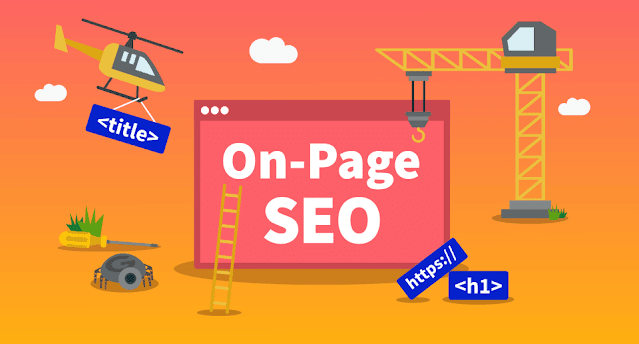Search Engine Optimization (SEO) is the practice of optimizing a website's content to rank higher in search engine results pages (SERPs) and increase organic traffic. On-Page SEO is a crucial component of any SEO strategy, as it focuses on optimizing individual pages of a website to improve their visibility in SERPs.
Here are 10 tips for successful On-Page SEO:
1. Conduct Keyword Research
Keyword research is the first step in any successful On-Page SEO strategy. By identifying the keywords and phrases your target audience is searching for, you can optimize your pages with relevant content. Use tools like Google Keyword Planner or SEMrush to find high-traffic keywords with low competition.
2. Optimize Page Titles and Meta Descriptions
Page titles and meta descriptions are the first things users see when they come across your website in search engine results pages. Ensure that they are unique, descriptive, and include your target keywords. Keep the titles under 60 characters and meta descriptions under 155 characters.
3. Create Quality Content
For both readers and search engines, high-quality material is important. Ensure that your content is relevant, informative, and engaging. Use a variety of media, such as images and videos, to enhance the user experience. Avoid keyword stuffing and ensure that your content flows naturally.
4. Use Heading Tags Properly
Heading tags (H1, H2, H3, etc.) are used to structure your content and make it more readable for users and search engines. Use only one H1 tag per page and ensure that your headings are relevant and descriptive.
5. Optimize Image Alt Tags
Search engines can't read images, so it's essential to include descriptive alt tags that accurately describe your images. Include your target keywords in your alt tags but avoid keyword stuffing.
6. Improve Site Speed
Site speed is a crucial factor in user experience and search engine rankings. Use tools like Google PageSpeed Insights to identify areas for improvement, such as reducing image sizes, enabling browser caching, and minimizing HTTP requests.
7. Enhance User Experience
On-Page SEO's User Experience (UX) is a crucial element. Make sure that the menus and calls to action on your website are straightforward to understand. Use internal linking to guide users to relevant content and reduce bounce rates.
8. Include Internal Links
Internal links help search engines crawl and index your website, and they also help users discover relevant content. Ensure that your internal links are relevant and descriptive and avoid linking to low-quality or irrelevant pages.
9. Implement Schema Markup
Schema markup is a sort of information that helps search engines in understanding the content of your website. It can improve your visibility in SERPs and enhance your search engine rankings. Use tools like Google's Structured Data Markup Helper to implement schema markup on your website.
10. Monitor Analytics and Adjust Accordingly
Finally, monitor your website's analytics regularly to identify areas for improvement and adjust your On-Page SEO strategy accordingly. Track the traffic to, and bounce and conversion rates for, your website using programmes like Google Analytics.
Conclusion
On-Page SEO is a critical component of any successful SEO strategy. By implementing these ten tips, you can optimize your website's content and improve its visibility in search engine results pages. Remember to conduct keyword research, create quality content, use heading tags properly, optimize image alt tags, improve site speed, enhance user experience, include internal links, implement schema markup, and monitor your analytics regularly to achieve your SEO goals. By following these tips, you can ensure that your website is user-friendly and optimized for search engines, resulting in increased organic traffic and higher search engine rankings.







0 Comments